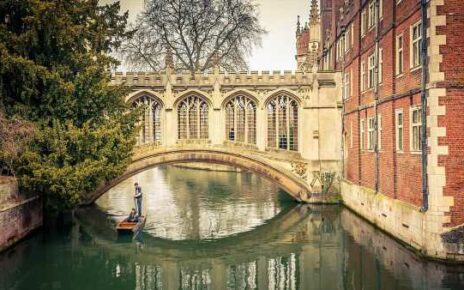Save articles for later
Add articles to your saved list and come back to them any time.
On a grid map, East Melbourne is neatly defined as a pocket handkerchief. Bordered by Victoria Parade, Spring Street, Wellington Parade and Hoddle Street, it is a tightly held area. Part of this is due to the Fitzroy Gardens and Treasury Gardens, offering sought-after value-added lifestyle elements – not to mention the hidden-away small leafy squares. Here, people retreat to live.
In summer, Fitzroy Gardens’ expansive lawns and shady pools beneath the trees are festooned with picnickers, locals and day trippers alike. In any season, wedding parties gather for photographs against the backdrops of fountains and gardens. East Melbourne is surely unchallenged as Melbourne’s most photogenic suburb.
Still, to call East Melbourne a suburb is limiting, almost inaccurate; suburb by name it may be, but it is more a feeling than a readily measured and named place. It is benign, reflective, quiet and discreet. Property is not cheap and who lives here is in some ways self-selecting. It is, however, not a smug fashionable suburb of elitist self-confident homeowners.
Nonetheless, for me, it is an enviable place to live, being close to the city. Houses and apartments are expensive and change hands quickly. This is a suburb of old money, inherited wealth and professionals, some with young families. Favoured by lawyers, doctors, academics and bankers, East Melbourne is a suburb with an unmistakable tone of success. Even so, there is a certain East Melbourne weekend chic, a kind of designer scruffiness.
Little disturbs the expected peace of the East Melbourne streets. At least this is the reality unless the Barmy Army is in town or Collingwood plays at the MCG. Then roars and chants drift from Jolimont across the leafy streets and lanes and parked cars pack the streets.
East Melbourne is an unambiguously very English place. Besides Captain Cook’s Cottage, it has some of the finest elm trees left in Victoria and indeed the world as the streets; they are a tourist attraction. Come autumn, golden leaves fall gently and gather in great swathes while in spring, daffodils and bluebells are along the garden walks.
Fitzroy Gardens is home to the much loved and visited Fairy Tree, which is protected by the National Trust, as its creator, artist Ola Cohn had her studio in a nearby lane.
This year marks the 70th anniversary of the establishment of the East Melbourne Group. It is arguable, perhaps unkindly so, that it was the first NIMBY organisation.
This is not to say that East Melbourne is a museum of a suburb. It would not freely admit to being exclusive, but that is by default what it is. It is a fact that there are many homes of historical importance.
Visually, it is a refined, restrained and understated elegant place to be. Being laced with ironwork on terrace balconies, it is a much-painted suburb with the Victorian Artists Society’s long presence here attesting to the suburb’s history of artistic endeavour.
Heritage matters here. Overlays are common, and any building work is exhaustively checked before approval and strictly monitored.
This is a suburb that prioritises visual, architectural and structural integrity. The result being that East Melbourne is recognised by the National Trust as having more listed buildings than anywhere else in the metropolitan area, except for the city proper.
This focus on preservation and maintenance gives East Melbourne a certain suburban grace and in turn, assists the establishment of a particularly East Melbourne sense. This is a suburb of small dogs on leads, along with headscarves and tweedy flat caps in winter, and where walkers know each other or are at least on nodding terms.
There is no cafe culture to speak of. While there are a few restaurants along Wellington Parade, there is no demand for sassy places and baristas vying for custom. This is an unassuming circumspect suburb, where noise is not part of its texture. There is not so much a buzz as a murmur.
Mirka ora opened her Balzac restaurant in 1956 at Eastbourne House on Wellington Parade. It is now but a memory – the site is now suites of medical practices – but it can be said Balzac in its heyday began a culinary journey that heralded Melbourne’s interest in French dining.
While East Melbourne lacks a vibrant community focus, there is no apparent push for things to change. The need is not here as people get on with their lives. You are left alone. Neighbourly intrusion is just not done.
There is a well-patronised library and a childcare centre, tennis courts, churches, no schools and no pubs. It is a suburb that still has a quaint general store, tucked away like a whispered secret, only known to locals. Like much of East Melbourne, you have to live here to know it.
This piece is part of The Age’s Life in the ’Burbs series.
Christopher Bantick is a Melbourne writer.
The Opinion newsletter is a weekly wrap of views that will challenge, champion and inform your own. Sign up here.
Most Viewed in National
From our partners
Source: Read Full Article


